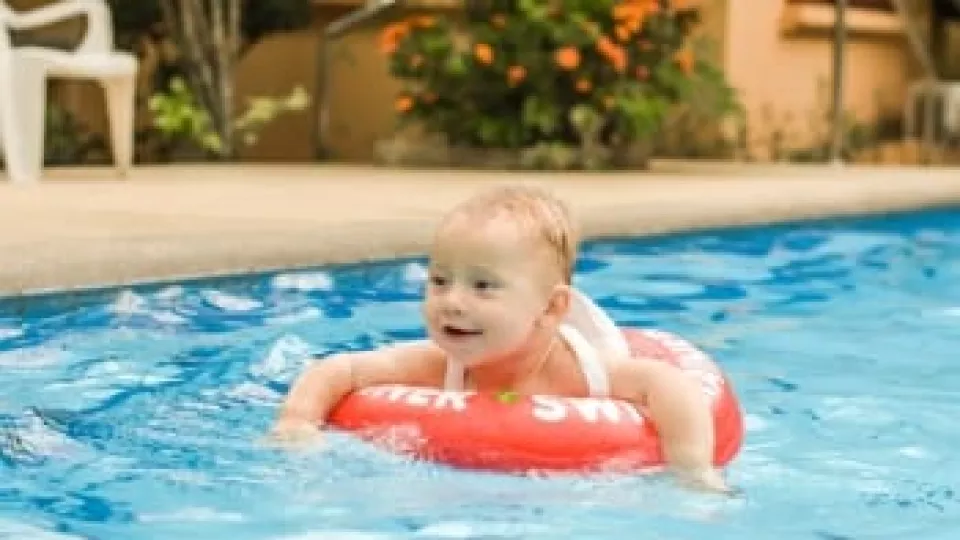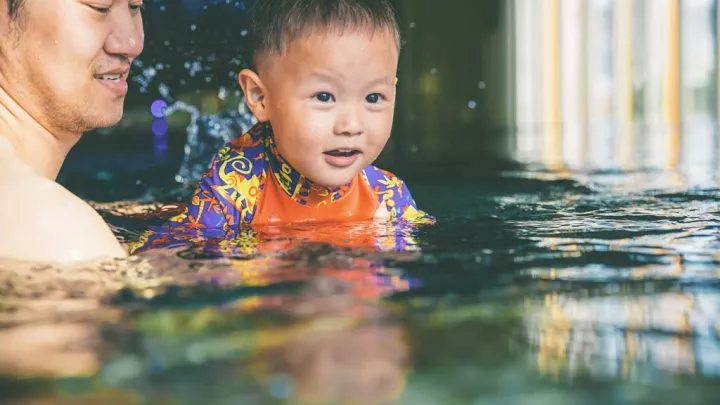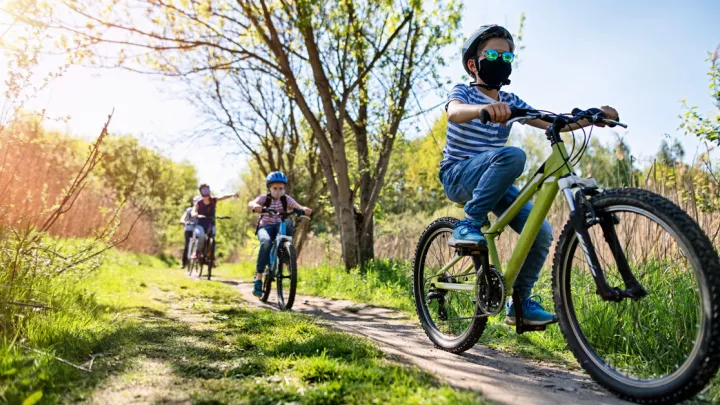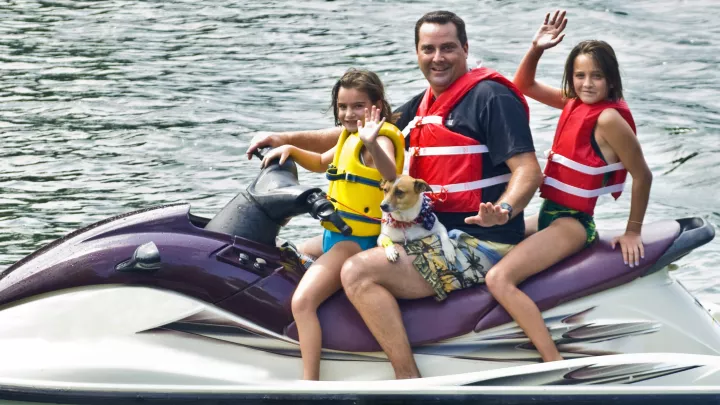
Water Safety and Preventing Drowning
In earlier blogs I wrote about water safety and preventing drowning. I have found that drowning is more prevalent worldwide than deaths by war; in fact it is the second leading cause of unintentional death worldwide. Over half of the deaths are children less than 15 years old. I partnered with Calvin Lowe, MD, of our emergency department to provide a clearer definition of drowning and provide some safety tips to prevent drowning.
I also talked about dry drowning in a case I had read about where a young child recovered from a near drowning and seemed to be ok, but died in the night from injury to his lungs.
I wanted to look further into the phenomenon known as dry drowning, since there seem to be a number of ways to describe near-drowning events, such as secondary drowning, dry drowning, passive drowning and silent drowning. I looked at World Conference on Drowning Prevention to reach an agreement on how to define and describe drowning so that the events can be counted and efforts directed to prevent this worldwide problem.
In dry drowning, the victim is under water and liquid gets into the lungs. Even though the victim is rescued and seems ok, the process sets into motion respiratory distress that can lead to death. “The process of experiencing respiratory impairment from submersion/immersion in liquid” is how conference describes it.
What I had called “dry drowning” is not an official term and is in fact, rare. It is when a victim of submersion in liquid breathes in a small amount of the liquid and the airway muscles spasm, which can lead to respiratory problems including death. Another older term is secondary drowning, which is when there is fluid in the lungs that leads to swelling and breathing problems. These are drowning events which were interrupted and the victim may look and act normal at first, but then the damage can cause further breathing problems.
Since that conference experts have come up with a definition that fits the idea that drowning is a process that either is stopped by rescuing the person, or proceeds to death. The definition is now ‘non-fatal drowning’ and ‘fatal drowning.’ But in any case when a non-fatal drowning event has occurred, it is important to be vigilant and watch the victim for any problems that may develop.
Things to watch for in someone who has been submerged in liquid and then rescued are:
- Trouble breathing
- Chest pain, cough
- Changes in behavior
- Extreme fatigue
These victims need to be carefully observed in a hospital with supplemental oxygen and other lifesaving options available.
The outcomes of drowning are death, permanent health impairment, or full recovery. Of those who are rescued but have suffered injury, they may have severe long-term brain damage. The damage can range from moderately disabled to severely disabled to vegetative/coma status to brain death.
Some safety tips to prevent drowning include:
- Safety covers for drains in pools that can entrap hair and hold victims under water.
- Make sure fences that are at least 4 feet tall and climb-resistant completely surround any family pool.
- Only swim in public pools and the ocean when there are lifeguards present, and only use approved flotation devices and life jackets, not pool toys.
- Always swim with a buddy.
- Never leave children alone even for a moment in pools; there must be close, constant, capable adult watchers.
- If it is a pool party, one adult must be assigned to watch the water at all times and not be distracted. The watcher must have a cell phone available and someone at the party should know CPR.
- Ensure adults in a home with a pool have CPR training.
- No swimming while impaired by alcohol or any medication.
- Those with certain health conditions such as seizure disorder or heart arrhythmias should not go swimming.
- Do not have any standing water around—toddlers can drown in buckets and soft-sided baby pools as well as toilets (have safety locks on toilet lids).
- Keep pools clean so that the bottom can be observed.
- No diving in shallow pools.
- Teach children how to swim and how to go to the edge for safety.
Teach children how to safely swim in the ocean, with a buddy and with lifeguards present and to stay close to the shore. Teach children about riptides and how to swim parallel to the shore to get out of a riptide.


